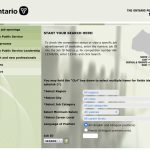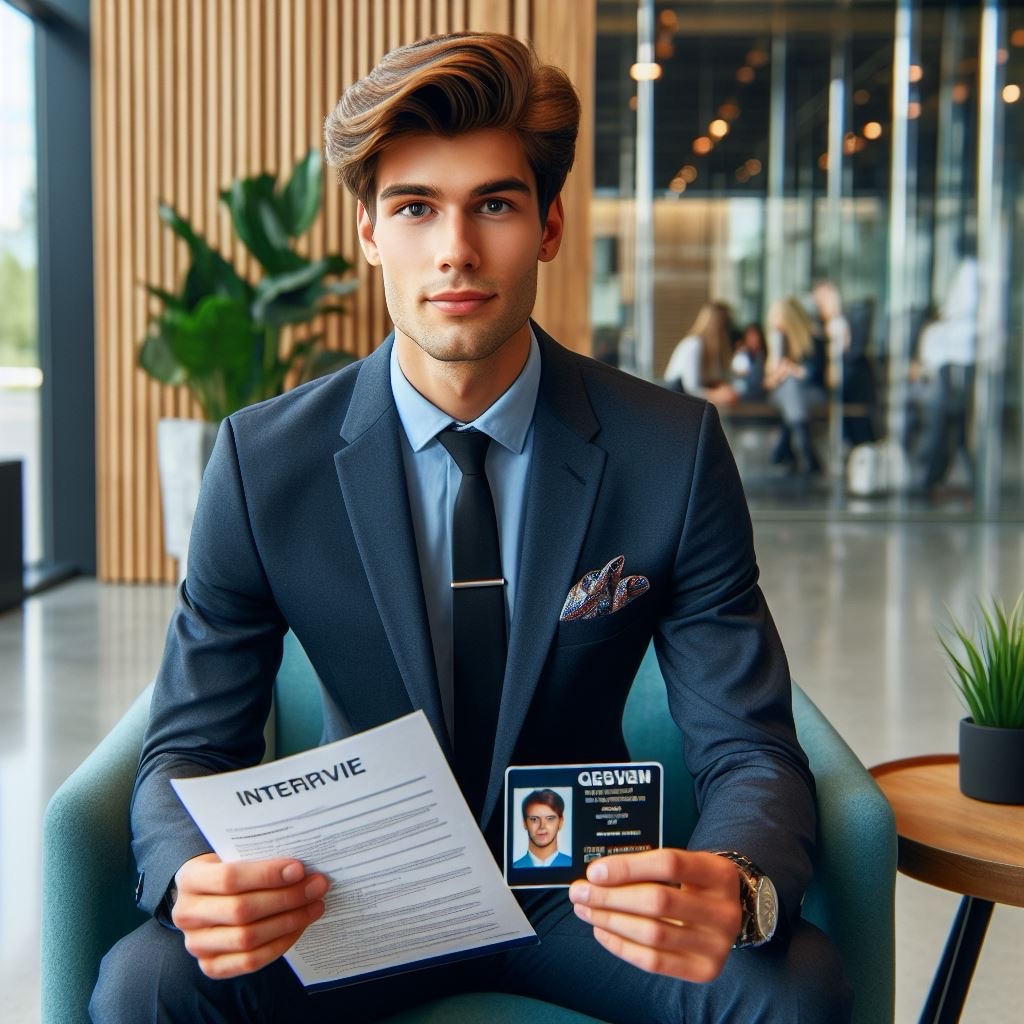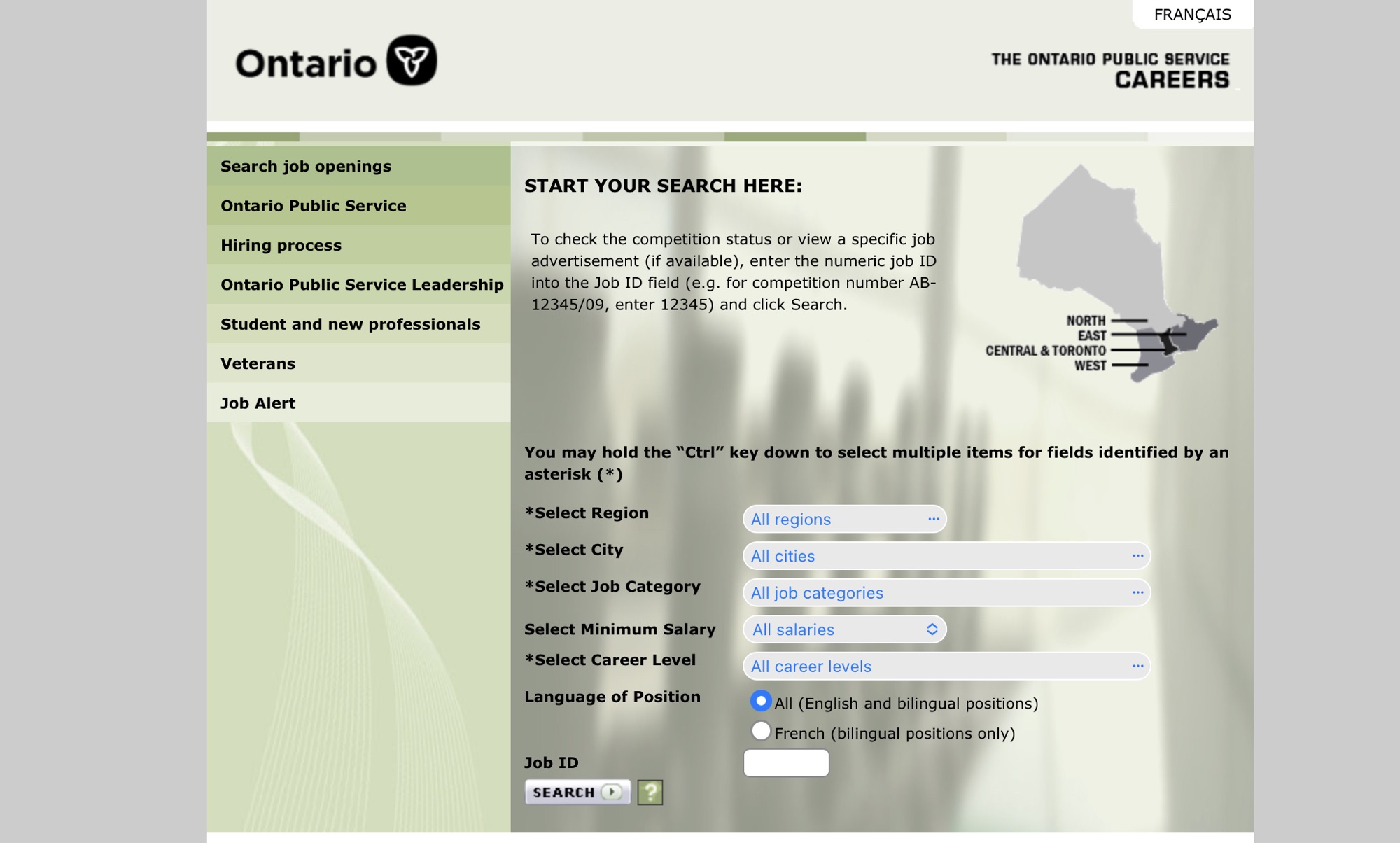A cover letter is your opportunity to make a compelling first impression on potential employers. It serves as a personalized introduction, highlighting your qualifications, enthusiasm, and compatibility with the job. Crafting an effective cover letter is a crucial step in the job application process. Here’s a comprehensive guide to help you create a cover letter that stands out and enhances your chances of securing the position you desire.
Understanding the Purpose:
Before delving into the specifics, it’s crucial to understand the primary purpose of a cover letter:
- Introduction: Introduce yourself and express your interest in the position.
- Showcasing Relevance: Highlight how your skills and experiences align with the job requirements.
- Demonstrating Enthusiasm: Convey your enthusiasm for the role and the company.
- Setting Yourself Apart: Differentiate yourself from other candidates and leave a lasting impression.
Structure of an Effective Cover Letter:
1. Contact Information:
- Include your name, address, phone number, and professional email at the top of the cover letter
.
2. Salutation:
- Address the hiring manager by name if possible. If the name is not provided, use a generic salutation like “Dear Hiring Manager.”
3. Opening Paragraph:
- Express your enthusiasm for the position.
- Mention how you learned about the job opening.
- Provide a brief overview of your background and interest in the role.
4. Body Paragraphs:
- First Body Paragraph:
- Highlight your key qualifications and skills relevant to the job.
- Mention any accomplishments or experiences that make you stand out.
- Second (and Third) Body Paragraph(s):
- Discuss specific examples of how your skills have contributed to previous roles.
- Relate your experiences to the requirements of the job.
- Quantify achievements where possible.
5. Closing Paragraph:
- Summarize your interest in the position.
- Express eagerness for an interview to discuss your qualifications further.
- Provide your contact information.
6. Closing Salutation:
- Use a professional closing, such as “Sincerely” or “Best Regards.”
Tips for Writing an Effective Cover Letter:
> Tailor Each Letter:
- Customize your cover letter for each job application. Address specific job requirements and showcase how your skills meet them.
>Research the Company:
- Demonstrate knowledge of the company by mentioning specific projects, achievements, or values that align with your goals.
>Be Concise:
- Keep your letter concise, ideally within one page.
- Focus on relevant information and avoid unnecessary details.
>Highlight Achievements:
- Showcase quantifiable achievements to demonstrate the impact you’ve had in previous roles.
>Use Keywords:
- Incorporate relevant keywords from the job description to pass through applicant tracking systems (ATS).
>Professional Tone:
- Maintain a professional and positive tone throughout the letter.
>Proofread:
- Eliminate grammar and spelling errors. A polished cover letter reflects attention to detail.
>Follow Application Instructions:
- Adhere to any specific instructions provided in the job posting regarding the letter.
>Utilize a Strong Opening:
- Capture the employer’s attention with a strong opening that conveys enthusiasm and sets the tone for the rest of the letter.
>Show Personality:
- While maintaining professionalism, let your personality shine through to make a memorable impression.
By following this comprehensive guide and incorporating these tips, you can create a powerful and effective cover letter that sets you apart from other candidates and increases your chances of securing the job you aspire to. Remember, your cover letter is an essential part of your personal brand and a key tool in your job application toolkit.






